
Essential PPE in the Food Industry: What You Need to Know
Overwhelmed by PPE options for food safety? Master your PPE selection for food workers safety with these practical tips.
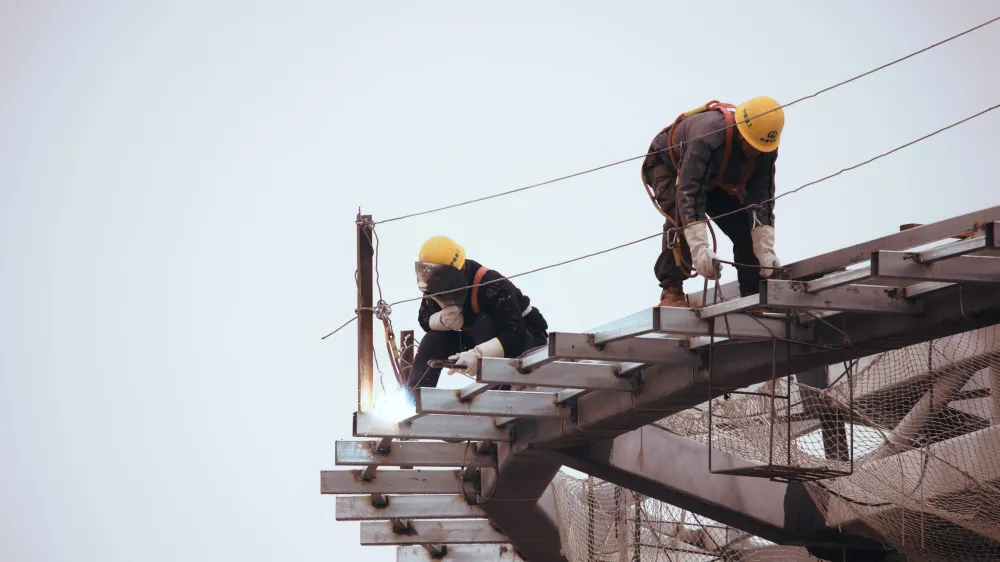
Get 20€ off on your first order!
Personal Protective Equipment (PPE) is essential for the safety of construction workers.
However, with so many options available on the market and several regulations to comply with, there is often confusion about which PPE is necessary, how to select the right equipment, and how to use it safely and effectively.
In this article, we’ll answer some of your frequently asked questions about construction safety equipment, including the regulations that govern their use, the different types of PPE that are required, and how to properly maintain and inspect them.
The frequently asked questions we will be answering in this article include:

Personal Protective Equipment (also known as PPE) refers to any equipment or clothing that is designed to protect workers from hazards that may cause injury or illness in the workplace.
The types of PPE required for construction workers will depend on the specific hazards of their job. However, some of the most common PPE equipment for construction workers include hard hats, safety glasses, hearing protectors, respiratory protection, safety gloves, safety footwear, fall protection, high visibility clothing, and protective coveralls. For more information on what type of PPE better suits your settings and use cases, you can read our blog post: The Complete Guide to Sourcing and Buying PPE for Construction Workers.
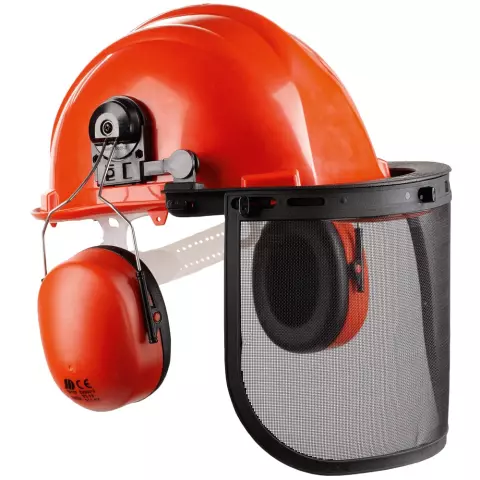
/package
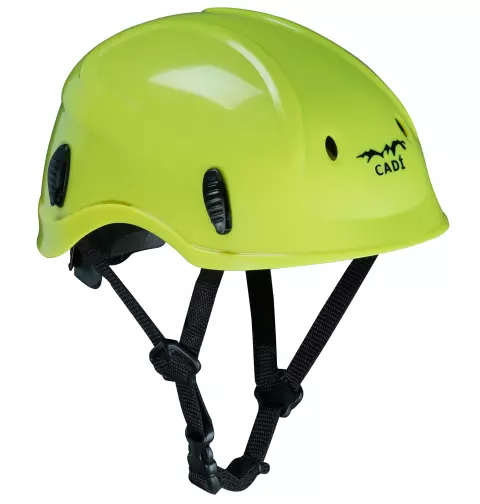
/piece

/piece
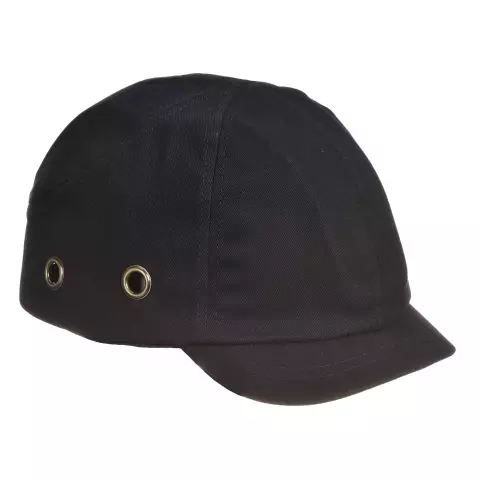
/package

/package
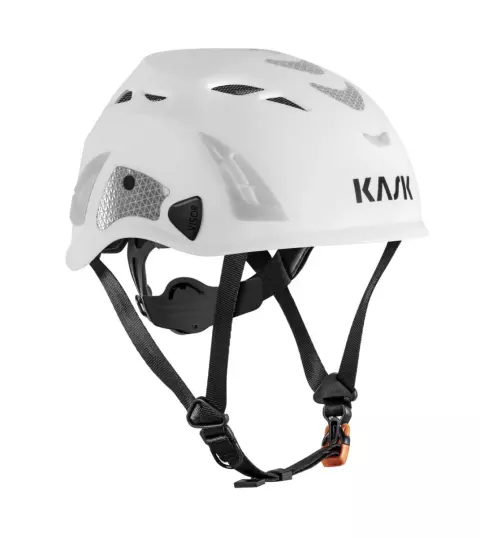
/piece
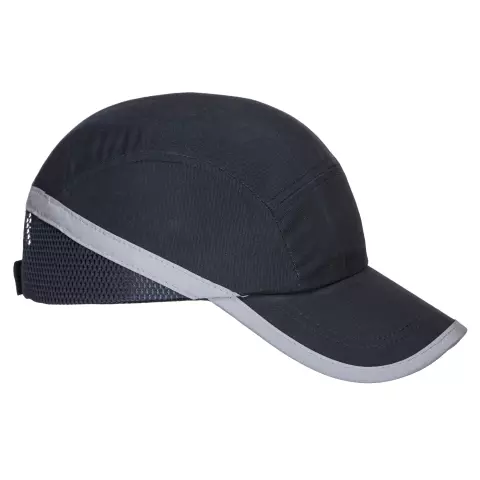
/package

/piece
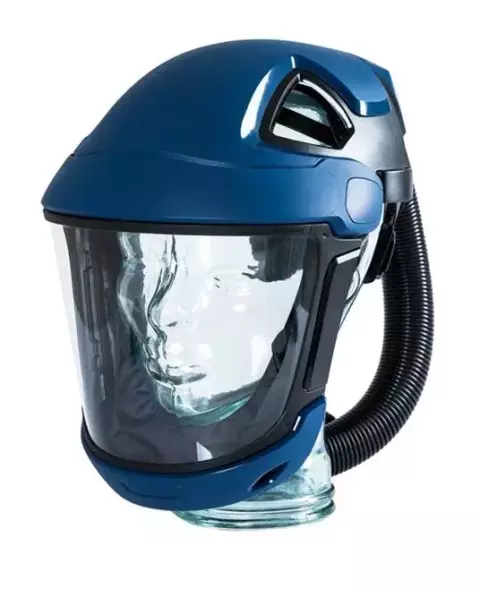
/piece
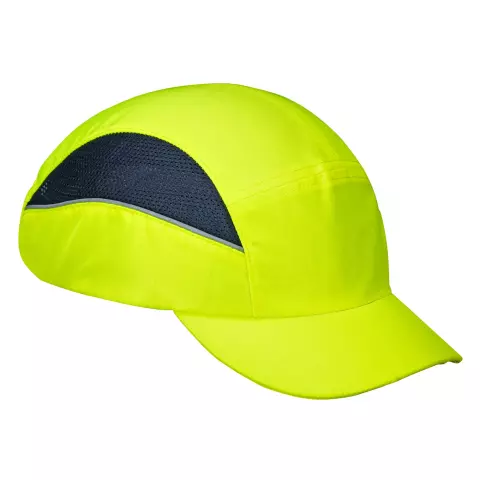
/package

/piece

/piece
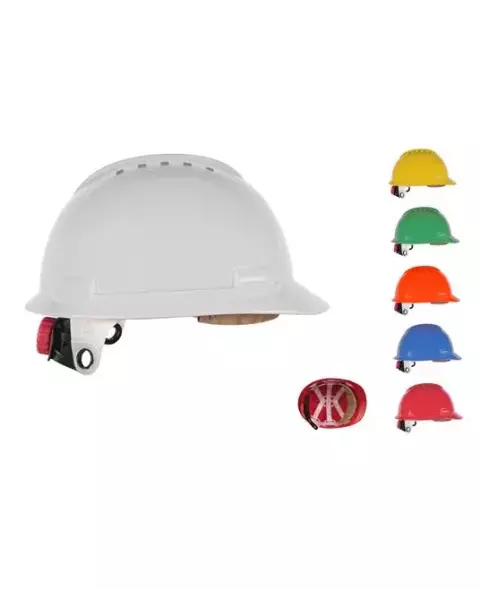
/package
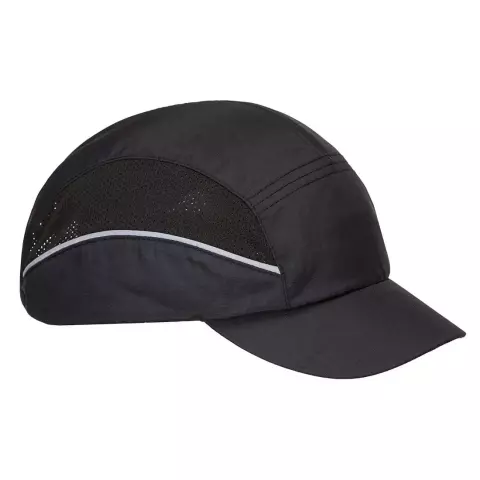
/package
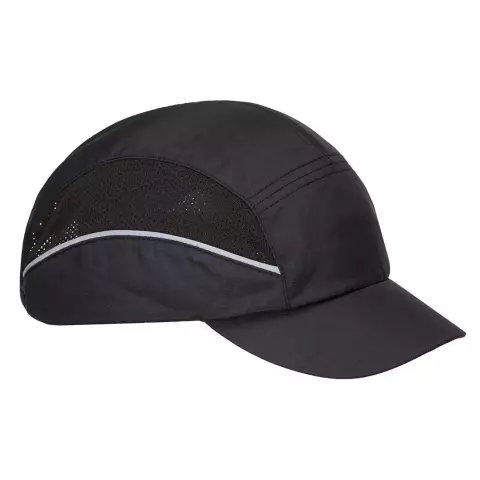
/package

/piece

/piece
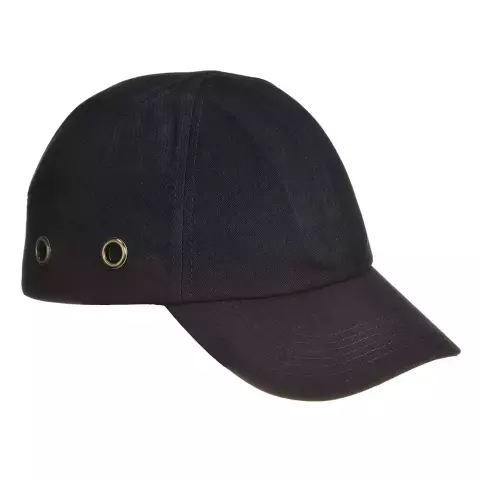
/package
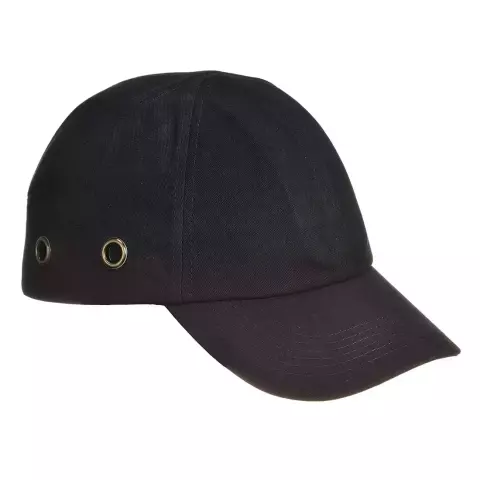
/package

/piece

/piece
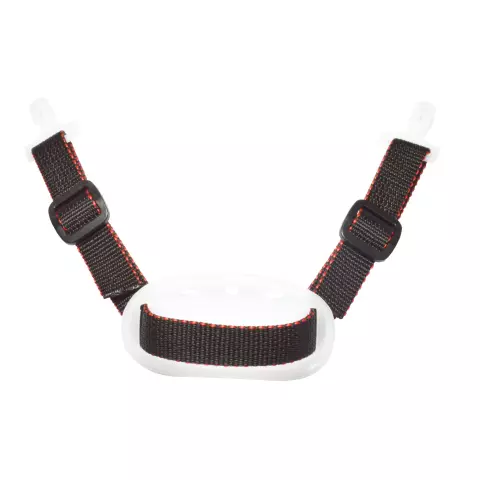
/package

/piece
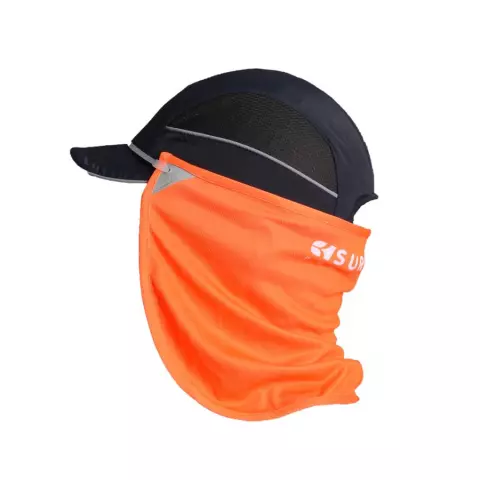
/piece
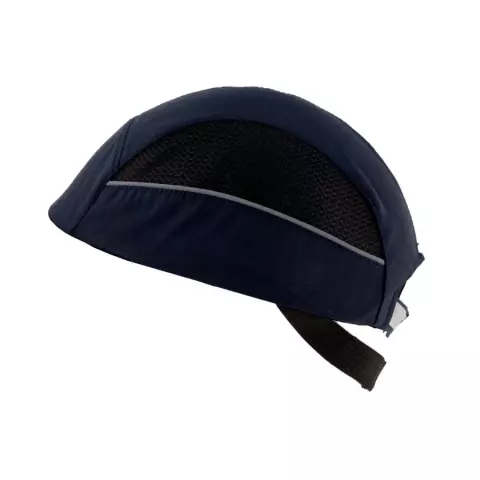
/piece

/piece

/piece

/piece

/piece
The consequences of not wearing PPE on a construction site can be severe. Without proper PPE, construction workers may be at risk of serious injuries from falls, electric shocks, or flying debris, which can lead to hospitalisation, long-term disability, or even death. Plus, exposure to hazardous materials, such as asbestos or lead, can cause severe illnesses, such as cancer or respiratory diseases if workers are not wearing the proper respiratory protection and other PPE.
Employers can also face legal consequences if they fail to provide their workers with the necessary PPE equipment, including fines or legal action from injured workers or their families.
In Europe, the use of PPE in the construction industry is governed by various regulations and standards, including the Personal Protective Equipment (PPE) Regulation (EU) 2016/425. This regulation sets out the requirements for the design, manufacture, and marketing of PPE, as well as the procedures for conformity assessment and the obligations of manufacturers, importers, and distributors.
Additionally, the PPE equipment used in the construction industry must be CE-marked, which means it has been tested to meet specific safety and health requirements. You can learn more by reading our blog posts: Ensuring Safety and Compliance: A Look at Industrial PPE Regulations in the EU and Comprehensive Guide to CE Marking: Understanding, Requirements, and Application Process.
Choosing the right PPE for construction workers requires careful consideration of the specific hazards involved in the job, available types of PPE, and the comfort and fit of the equipment.
Employers should also take into account any special requirements for work in extreme weather conditions or hazardous environments. For example, workers who operate heavy machinery may require hard hats and safety glasses, while those who work with chemicals need respiratory protection and gloves. Ear protection may be necessary for those exposed to loud noise levels, and specialized PPE may be needed in extreme weather conditions.
To guarantee that the PPE for construction workers fits correctly and offers appropriate protection, it’s, first of all, critical to adhere to the manufacturer’s instructions for use and provide proper training to workers on how to use the equipment.
Regular checks should be conducted to ensure that the PPE fits correctly and is in good condition, and any signs of wear or damage should be promptly addressed. Ill-fitting PPE can leave areas of the body exposed to hazards, while workers who are not trained on the proper use and care of PPE may misuse or damage the equipment. Checking for proper fit and signs of wear or damage helps ensure that PPE provides the intended protection.

When selecting PPE for construction workers, special considerations must be made for work in extreme weather conditions or hazardous environments.
Workers may require specialized equipment, such as insulated clothing, cooling vests, waterproof clothing, or chemical-resistant gloves and clothing, to protect them from hazards.
PPE must be selected based on the specific materials and hazards involved in the work. For example, workers who handle hazardous materials may require respiratory protection, while those who work in cold or wet conditions may need insulated or waterproof PPE to prevent cold-related illnesses.
To properly train construction workers on the correct use of PPE, employers should provide initial and ongoing training on the hazards of the job, the proper use and care of the equipment, and the regulations that govern its use.
Workers should also be regularly reminded of the importance of using PPE to protect themselves from hazards on the job.
The reuse of PPE will depend on the specific equipment and the manufacturer’s instructions for use.
Some types of PPE, such as hard hats and safety glasses, can be reused after proper cleaning and inspection. However, other types of PPE, such as disposable gloves and respirators, should be disposed of after each use.
To maintain and inspect PPE for construction workers, employers should follow the manufacturer’s instructions for use and conduct regular inspections for signs of wear or damage.
Workers should also be trained to properly clean and store the equipment to extend its lifespan and ensure it continues to provide adequate protection.

All in all, Personal Protective Equipment (also known as PPE) is essential for the safety of construction workers.
PPE equipment is designed to protect workers from various hazards that are common in the construction industry, such as falling debris, chemical exposure, loud noise, and extreme weather conditions. Without the proper PPE, workers can be at risk of serious injuries, illnesses, or even death.
For example, construction workers who are not wearing hard hats can suffer head injuries from falling objects, while workers exposed to chemicals or hazardous materials can develop respiratory problems or skin irritation without proper PPE.
We are here to help you source and choose the right Personal Protective Equipment for your specific settings and use cases. Visit our industrial marketplace and browse the full catalogue including 100+ most-trusted European suppliers.
Do you already have a list of products you need, instead? Get in touch with our experts for a personal quote!

Thank you! You've signed up for our newsletter.



















Overwhelmed by PPE options for food safety? Master your PPE selection for food workers safety with these practical tips.

Struggling to maintain clear vision in demanding environments? This guide is here to help. By the end, you’ll know exactly...

Electricians across Europe face unique challenges that require reliable safety glasses to ensure both protection and efficiency. Whether safeguarding against...

Overwhelmed by PPE options for food safety? Master your PPE selection for food workers safety with these practical tips.

Struggling to maintain clear vision in demanding environments? This guide is here to help. By the end, you’ll know exactly...

Electricians across Europe face unique challenges that require reliable safety glasses to ensure both protection and efficiency. Whether safeguarding against...
Get 10€ off on your first order!
Save 30% by buying directly from brands, and get an extra 10€ off orders over €100
Save 30% by buying directly form brands, and get an extra 10€ off orders over €100